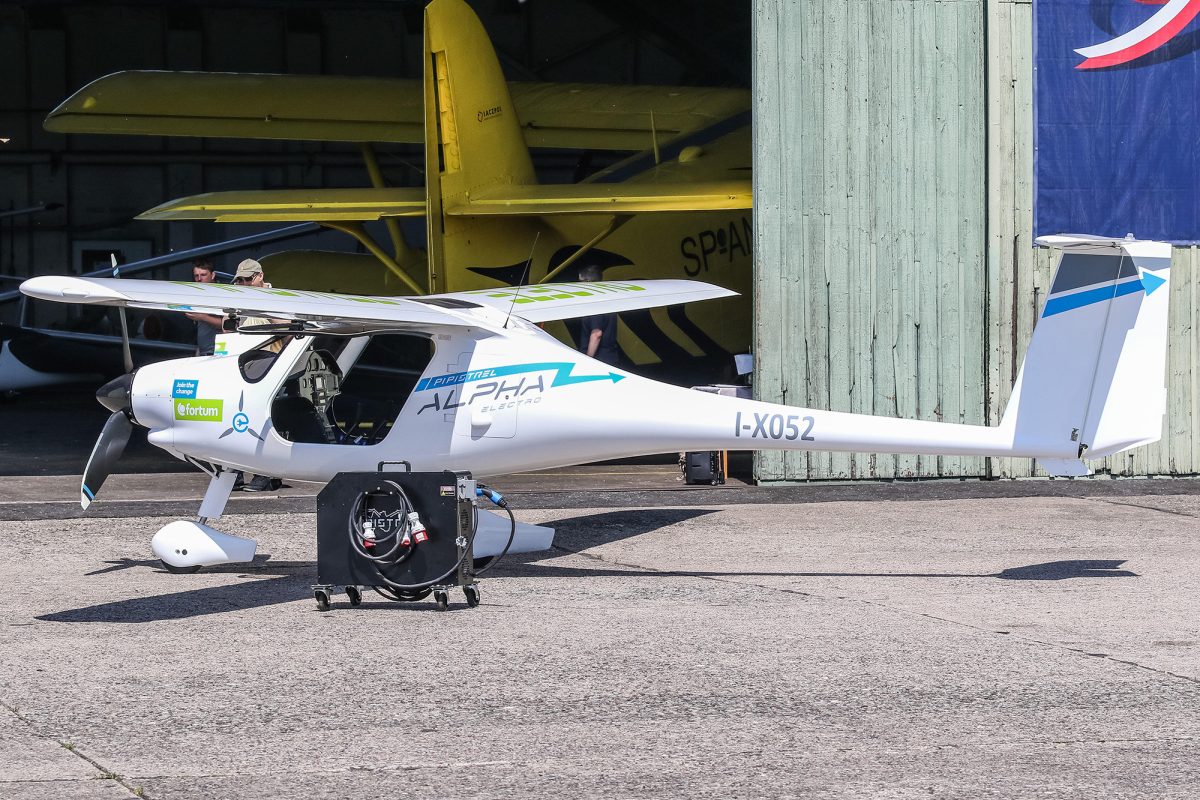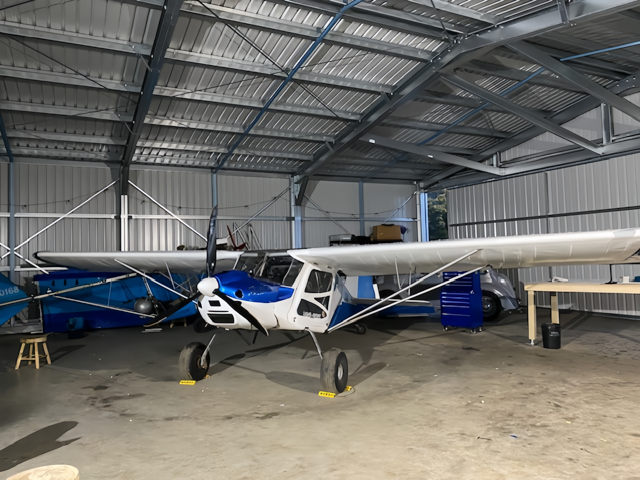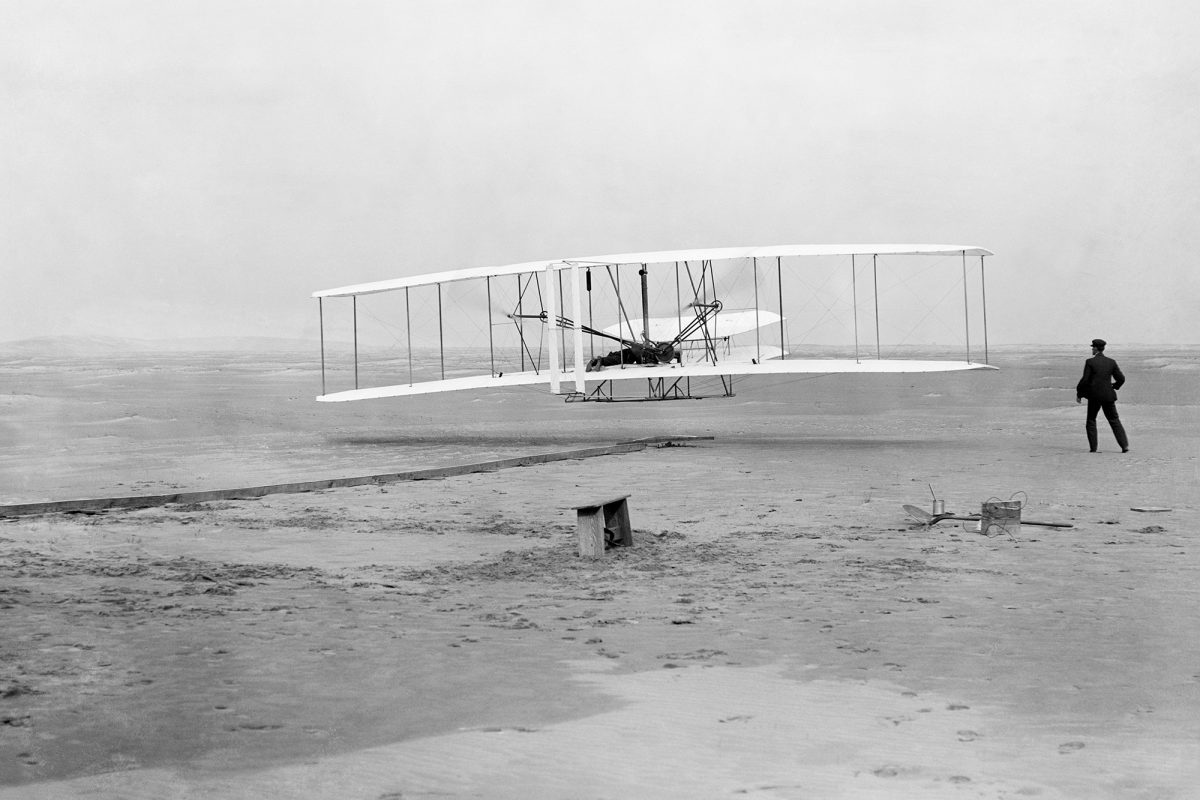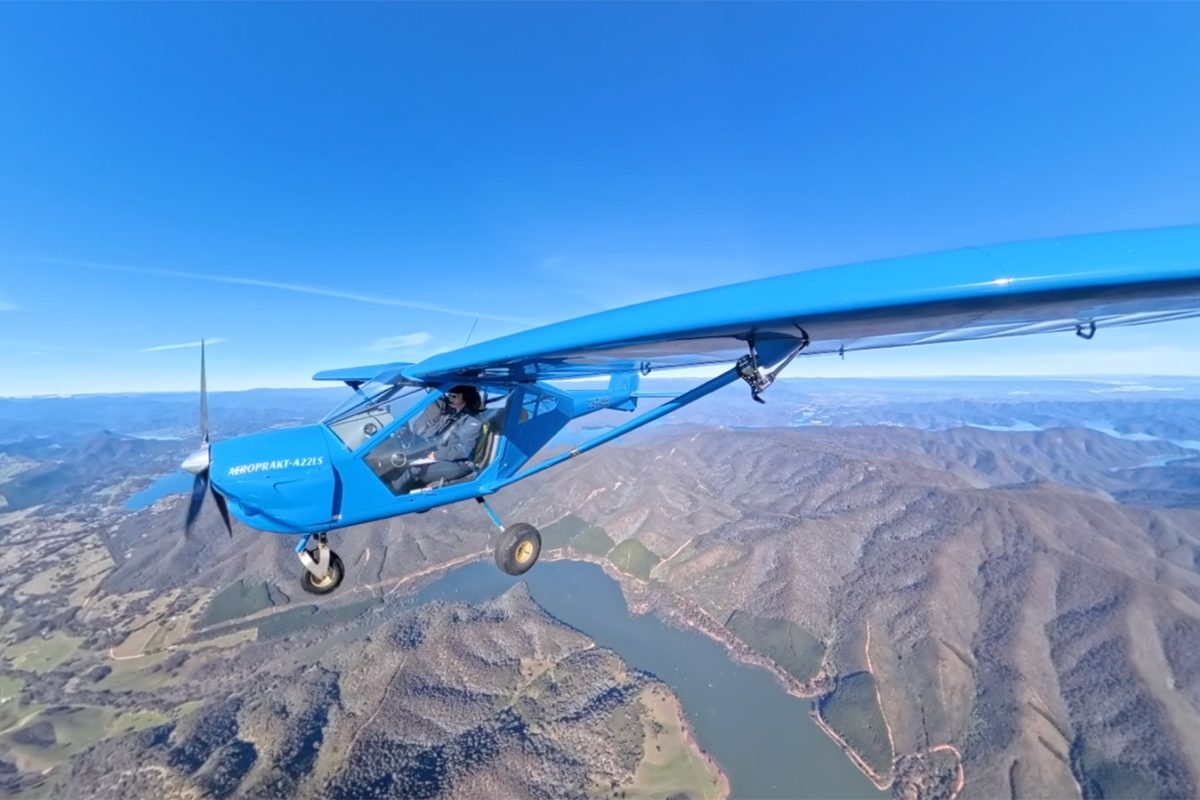VOR actually stands for VHF Omnidirectional Range, but that’s not much help either…and yes, it is an acronym of an acronym. Read on whilst we take a look into GPS-navigation’s predecessor and how radio wave genius once solved IFR navigation.
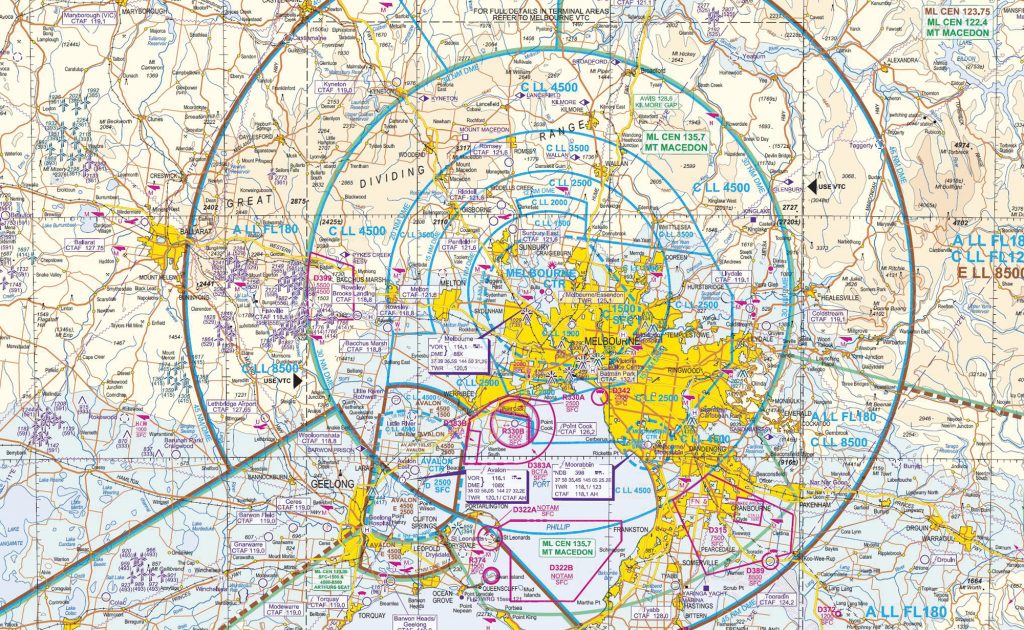
These days we use a GPS and basic VFR rules for most navigation, but back in the days before the Soviet Union collapsed there was a network of highways in the sky (“skyways”) all linked together by VOR stations. It still exists, to a degree, today. The system was clever: positioned radio beacons would act like a lighthouse, and you’d use in-cockpit instruments to navigate between points based on breaking down the radio signals. Using your in-flight CDI (Course Deviation Indicator), you’d know whether you were heading to the left or right of your desired course. Let’s dig a little deeper on these radio-lighthouse-things… what is VOR? If you look closely at your VNC, you’ll see some of these icons scattered around (there’s one at Melbourne CTR, for example):

These symbols correspond to VOR stations, which are VHF transmitters on the ground sending a 30Hz audio tone, rotating around in all directions like a lighthouse. That tone is encoded using two signals: one that’s amplitude modulated (AM) and one that’s frequency modulated (FM).
Now just a quick recap on radio waves: Amplitude Modulation (AM) works by broadcasting a sine wave on your desired frequency known as the “carrier wave” — which, for VOR, is in the 108-118MHz range. The strength of that carrier wave goes up and down in proportion to the source audio wave, so as the sound wave goes up the strength increases and vice-versa.
Unlike AM, where the carrier wave’s frequency stays fixed and the strength goes up and down, Frequency Modulation (FM) is flipped around so the strength stays the same and it’s the frequency that goes up and down. Because the strength stays maximum all the time FM transmissions are less susceptible to interference and the distance between the transmitter and receiver doesn’t matter (ever used an old AM radio and noticed that some stations are louder than others?).
The old style of VOR station is the conventional one (CVOR) which has a single, slightly-directional antenna rotating at 30Hz (newer CVOR’s use four antennas, a figure-8 pattern, and phase cancellation instead of physically rotating the antenna – but that’s getting complicated for our purposes right now).
The FM signal maintains a constant tone because that’s how FM works but since the antenna is directional, the strength of that FM signal goes up and down as it points toward and away from you, creating the AM signal. The antenna rotates at 30Hz to match the audio tone, which is important later.
If you’re lined up so the transmitter is due-south from you (which I’ll get to in a minute) then the signal coming into your receiver will look something like the diagram above.

You can see that the FM signal gets faster at the top of the 30Hz audio tone and slower at the bottom, while at the same time the AM signal gets stronger when the antenna faces towards you and softer when it faces away. The two signals line up in this example because you’re positioned due-north of the VOR station so the peak of the AM signal occurs in-phase. If you weren’t lined up then the peak of the AM signal would be out of phase with the FM signal.
Now, that’s a lot to take in so let’s try to use something more visual to help: imagine our VOR station is a lighthouse. This lighthouse shines in one direction, spinning around, and when it is at its brightest, we take note. This is pretty much how the AM signal works. Now imagine that when the beam of light points north, there’s another pulse of light in all directions. That’s the FM signal.

HOW DO I GET A RADIAL FROM A PAIR OF 30HZ AUDIO TONES?
It’s really simple I promise. Every VOR station has the rotating antenna calibrated so that the peak of the FM tone occurs when the antenna is pointing to magnetic north. With that key fact in mind you can figure it out yourself on a bit of paper:
- Work out what 30Hz corresponds to in milliseconds (it’s 33.33ms if you can’t be bothered with a calculator).
- Receive and demodulate the FM and AM signals so you get a pair of 30Hz audio tones, which will be out of phase unless you’re lined up due-north.
- Whip out your stopwatch and, if you’re fast enough, time how long it takes to go from the peak of the FM tone to the peak of the AM tone.
- Divide the stopwatch time by the 30Hz time and you’ll get a percentage showing how far out of phase you are.
- Multiply that percentage by 360° and voila! If it’s 25% out, then you need to turn 90° (25% x 360° = 90°). Now you know which direction the VOR station is from you, relative to magnetic north!

In reality, you won’t be fast enough to do this yourself with a stopwatch because 118MHz is 8 milliseconds – plus, you’d have your flight instruments helping you – but the diagram on the previous page will help demonstrate the science.
This is where the skyways enter the picture: You take off, pick a VOR station, set your CDI’s OBS (Omni Bearing Indicator) and start flying towards it. After a while you’ll get there, pick another VOR station, reset your OBS and start flying towards that one. So on and so forth.
Suddenly you realise that other pilots are doing the same thing. They’re all following an invisible line from one VOR station to the next. It’s almost like you’re on a road. A highway but in the sky!
It might seem medieval to navigate by looking for arrows on the ground like the United States had for the airmail in the 1920s, but this is essentially the same thing, only using a VHF transmitter.
We mentioned before that a CVOR was the ‘old style’, where the FM signal stays the same and the AM signal varies. The ‘new style’ uses Doppler effect (DVOR) instead – but at its core the principals are the same.
DVOR has no moving parts, which is largely why it is the more common VOR type… fewer moving part makes for cheaper maintenance. Instead of one rotating antenna, there’s a bunch of smaller antennas in a ring facing outwards and only one of them is active at any time. The antennas in this ring broadcast an FM tone while a separate omni-directional antenna in the middle broadcasts the AM tone.
The active antenna is switched (rotates) around the ring so the peak of the 30Hz tone has the north-facing antenna active and at the bottom it’s the south-facing antenna. This creates a Doppler effect and the FM/AM roles are reversed: the AM stays constant and the FM fluctuates; but the way your receiver figures out the bearing still works the same way so it doesn’t matter if they’re the wrong way around.
These days VOR has been replaced by GPS for most use cases and it’s gradually being phased out. Since February 2016, CASA has mandated that all aircraft operating under IFR are required to navigate primarily with GPS, with nearly 200 ground-based navigational aids including VOR being decommissioned – halving the number of VOR beacons in Australia.
So, raise a glass to the ways things used to be and to a relic of our past! Vale VOR.


